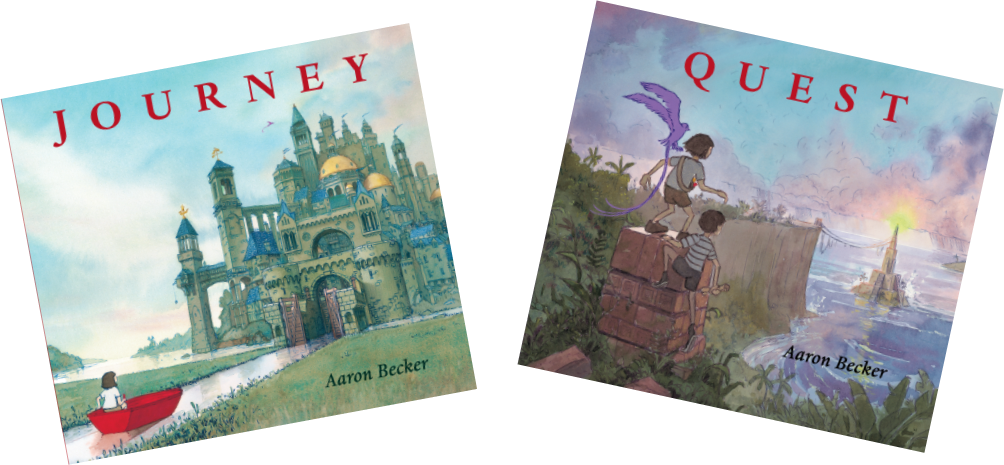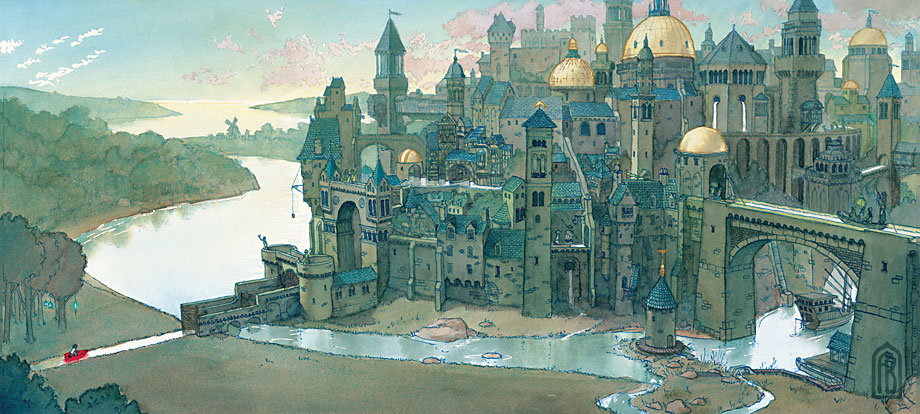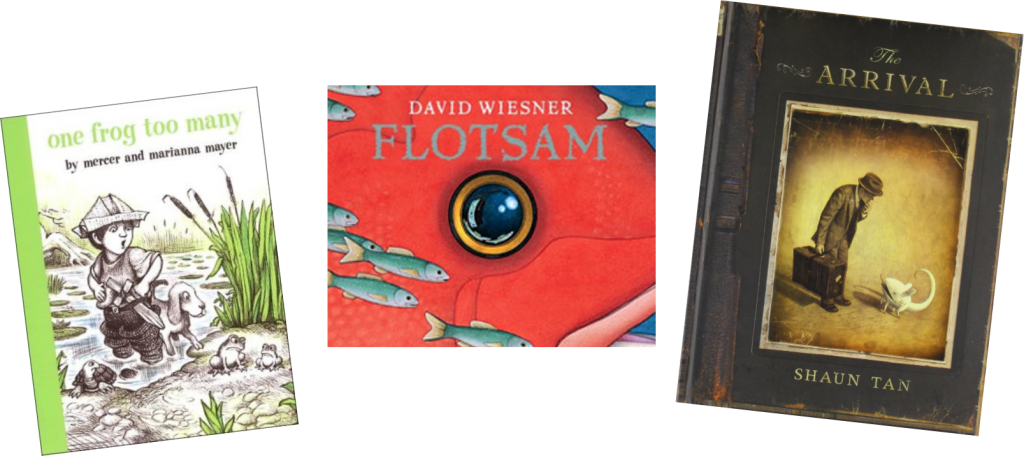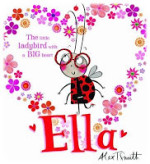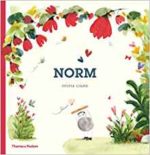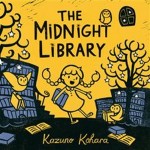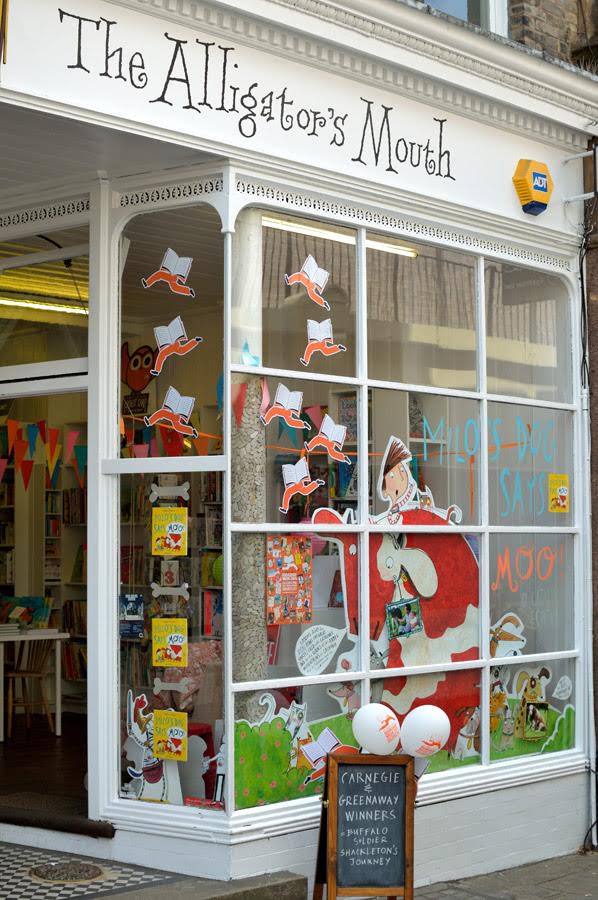Journey, 2014 Caldecott Honor Book, and its sequel Quest are two stunningly illustrated wordless books by Aaron Becker (Walker Books). They follow the adventures of a young girl who during a boring afternoon draws a door with a red marker pen. The pen turns out to be magical and the door turns out to be a portal to enchanted realms. There she goes on numerous adventures with the help of her marker pen, from fighting evil emperors to meeting a new friend. In Quest, the two friends continue on their magical adventures.
The wide format of both books allow double spreads to be particularly remarkable and full of grandeur. It gives the book a real cinematographic feel which is emphasized by how detailed the illustrations are. These elaborate spreads invite scrutiny from young readers and there is so much to see and discover and both of these books. They are both an ode to the imagination and the power of art. Though it is reminiscent of Harold and the Purple Crayon , and the marker eventually becomes purple (maybe a nod to the Johnson classic), this is where the similarity ends; Becker’s are strikingly beautiful, and his stories allow readers to delve in the most magical adventures and inspired to create their own spellbinding travels.
 I was delighted to be able to ask Aaron Becker a few questions about his books and wordless books in general before he moved to Spain late last year.
I was delighted to be able to ask Aaron Becker a few questions about his books and wordless books in general before he moved to Spain late last year.
Prior to illustrating his own books, Aaron Becker worked in film animation.
You can find more information on Aaron and his books on his website and follow him on Twitter.
***
Hi Aaron, thank you so much for taking the time to answer some question.
What was the inspiration behind Journey and Quest? Did you always see them as wordless picture books, or did this come later, while you were developing the concept?
The inspiration initially came from my love of architecture and imagined spaces. I find that before I write a story, I need to have a strong sense of place, so I often start by drawing these fantastic buildings just to get settled. For Journey, this was the canal-filled castle. Over the course of several days several years back now, I drew this gigantic, very detailed drawing of a castle by the sea and I realized there was a story to be found there!
The wordless format wasn’t exactly purposeful, but in retrospect, it’s easy to see why I was drawn to doing a book without text. I come from a background in film and storyboarding sequences comes very naturally to me. Once I had figured out the basic set of drawings in sketch form for the girl’s adventure, I realized there was no need for words, so I just stuck to it, not knowing that there was anything exceptional about this approach! At some point, a friend challenged me to write a manuscript to go along with my drawings, and I did. The words didn’t tell the story, but instead asked a series of questions, like “If you knew some magic that could take you far away, what would you do?”. It worked quite nicely, but in the end, I felt the book worked better without them. Interestingly enough, when I read the book to kids, I often prompt them with questions just like those in the text I developed.
Wordless books are often, sadly, frowned upon by parents and/or teachers as not “proper reading”. What would you say to that, and what do you think makes wordless books so special, to you as an artist, by also to readers?
A wordless book is important in this day and age of rampant media consumption. I think it’s rare that we’re asked to slow down and engage with the stories we’re being told. Without words to prompt page-turning, the process of reading a wordless book is much more personalized. I’ve found that once people get over the “wordless” hump, they’re surprised at how much they get out of the experience; teachers, parents, and children alike. For kids, though, it’s not so surprising – they get it immediately! It’s only we grown-ups that have to re-learn how to find the curiosity necessary to tell a story without instructions.
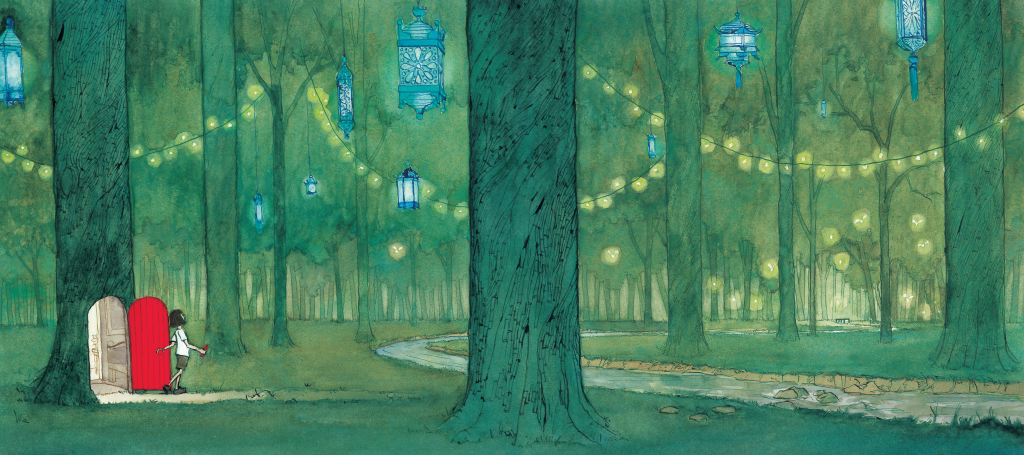
Your artwork has a stunning cinematographic feel and is extremely detailed, particularly the buildings. Did you do much research in architectural features while you were creating the books?
Absolutely – it’s my favourite part. I found inspiration all around me and spent quite a bit of time researching different cultural influences to make a world that was familiar yet new. When I was about ten, my family took a trip to Europe and this had a huge impact on my life; I was in awe of the castles throughout England, France, and Germany and spent the rest of my childhood capturing these memories in Lego building and drawings. By the time I was working on my own book, I drew from these deep memories to create a place I’d love to go inhabit myself!
If you could recommend three wordless picture books to readers, what would they be?
Early Mercer Meyer books like One Frog Too Many are fantastic wordless reads. Any David Wiesner book like his Caldecott Award-winning Flotsam, and Shaun Tan’s The Arrival is also a favourite.
I am hoping this journey is not quite over; will there be a third book?
It’s a planned trilogy. Look for Return in autumn of 2016. The story is finished, but this winter I’ll be finishing the watercolours while my family and I are living abroad in Spain. My daughter has one year left of preschool so we decided to spend it in Europe – I hope to get a few seeds for stories yet to come while we’re there!
***
Thank you so much, Aaron. I am really looking forward to Return.

